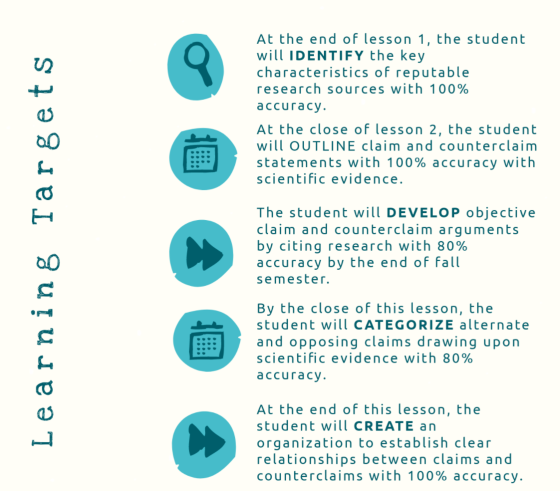Please click here to access the ASYNCH Lesson as part of a Blended Learning strategy. (**Note that this course will only be made public until July 11, 2017. After such time, please contact me at keystonequality@gmail.com to request access.)
DESCRIPTION OF LEARNERS
Learners will be “on-level” Chemistry students within 9th or 10th grade. Students will range from novice to proficient technology users, but require support in accessing Edtech tools and software features. Asynchronous tutorials and resources will be provided within the learning management system for “just-in-time” reference.
Students will have had minimal exposure to chemistry concepts prior to this course and will require scaffolding and activation of prior knowledge from biology.
NEEDS ASSESSMENT
Special needs and ELL students will be supported through optional tutorials, experiential learning activities, daily teacher office hours, and integration of social learning constructs.
OVERVIEW OF LESSON
This lesson was created to contain the following instructional strategies and learning theories. Here is a copy of my lesson plan for further review.
Experiential learning & Constructivism
- video annotation
- simulation
- e-journaling & reflection
Collaborative learning:
- peer review
- e-journal web publishing
21st century skills:
- information literacy
- critical thinking
- problem solving
- collaboration & teamwork
EXPECTATIONS FOR INTERVENTION
At various checkpoints within the lesson, formative assessments were added to correct misconceptions, add remediation for struggling students, and determine course pacing. Intervention strategies include: one-on-one teacher remediation, reflection activities for key strategies in balancing equations, and “pulling” information through the peer review process for improved understanding.
INTEGRATE ASYNCHRONOUS TEACHING PRESENTATION
- The 7e Model (NSTA 2014) was applied to organize instruction and produce an engaging learning experience.
- CANVAS will be used as the course hub and learning management system.
- YOUTUBE videos will be edited and stored within EdPuzzle, with formative questions presented for critical thinking and verification of learning.
- NEARPOD will be used to record lessons, house the simulation activity, and provide a reminder for the Netiquette tutorial.
- CANVAS DISCUSSION FORUM will coordinate student reflection and peer review.
- CANVAS QUIZ & ASSIGNMENT will serve as the repository for student deliverables to demonstrate mastery of the learning target(s) as listed with the lesson plan.


